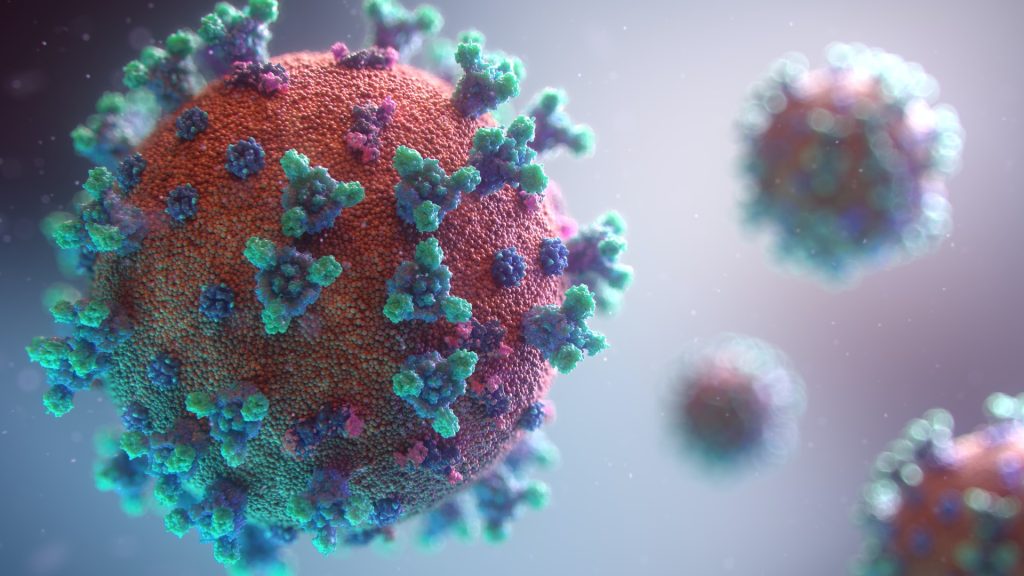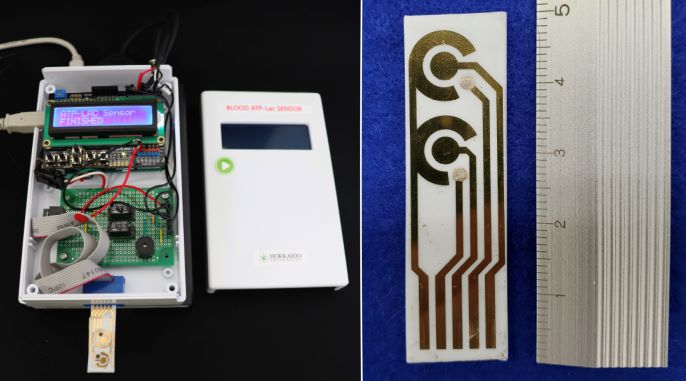Azithromycin in Infant RSV Does Not Prevent Wheezing, May be Harmful

A recent study on the impact of the antibiotic azithromycin during severe respiratory syncytial virus (RSV) bronchiolitis overwhelmingly supports current bronchiolitis guidelines in the US, which recommend against antibiotics during acute bronchiolitis.
The anti-inflammatory properties of azithromycin can be beneficial in some chronic lung diseases, such as cystic fibrosis. With that in mind, researchers investigated its potential to prevent future recurrent wheezing among infants hospitalised with RSV. With such babies at increased risk of developing asthma later in childhood, the scientists hoped to find a therapy to reduce this risk.
The study, published in NEJM Evidence, also provided considerable evidence that severe RSV bronchiolitis in early life increases the likelihood of repeated wheezing episodes in early childhood, often leading to asthma.
“The major message is that antibiotics don’t have a role, either in the management of acute RSV bronchiolitis or to reduce subsequent wheezing,” said co-corresponding author Leonard Bacharier, MD, professor of Pediatrics at Monroe Carell Jr Children’s Hospital at Vanderbilt. “As a matter of fact, we found that antibiotics in general in our study of severe RSV bronchiolitis increased the risk of subsequent recurrent wheezing over the following two to four years.”
“We need to discourage the use of this therapy, as it is potentially harmful,” he said.
The study examined children hospitalised with RSV bronchiolitis during a single-center, double-blind, placebo-controlled trial.
An earlier pilot trial enrolled 40 infants hospitalised with RSV bronchiolitis where treatment with azithromycin, and this showed a reduction in the likelihood of recurrent wheeze over the following year.
In the current study, 200 otherwise healthy 1- to 18-month-old children who were hospitalised for RSV bronchiolitis were prospectively randomised to either oral azithromycin or a placebo for 14 days. The group was broadly representative of the population of children who experience severe RSV bronchiolitis.
Antibiotics are sometimes used in the treatment of RSV because co-occurring complications lead medical teams to prescribe them, thinking there is a bacterial component to the illness, Prof Bacharier said.
“This condition can be managed by supportive care – oxygen, fluids, observation, time and love,” he stressed. “If a clinician is going to use an antibiotic in the setting of RSV bronchiolitis, there needs to be a very strong rationale for doing so. There is substantial evidence to suggest that children who receive antibiotics early in life are at an increased risk of developing asthma, and this study is consistent with that evidence.”
Source: EurekAlert!





